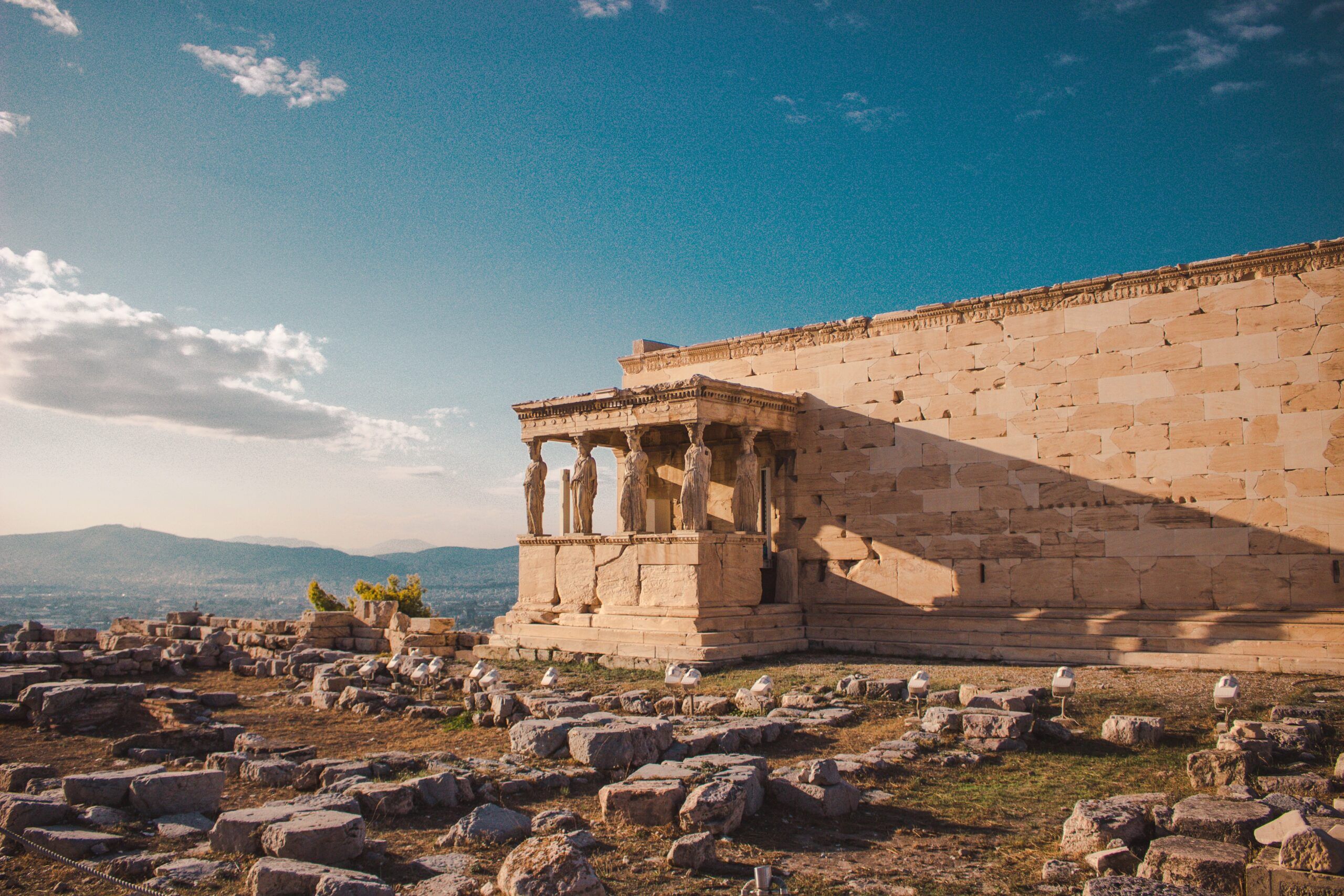Publicaciones relacionadas:
 Conference on the Future of Europe: launch of the multilingual digital platform
Conference on the Future of Europe: launch of the multilingual digital platform
 Smart materials help heal wounds
Smart materials help heal wounds
 Greek island Tilos picks up award for clean energy transition
Greek island Tilos picks up award for clean energy transition
 Up to 78 million batteries will be discarded daily by 2025, researchers warn
Up to 78 million batteries will be discarded daily by 2025, researchers warn
 The European Institute of Innovation and Technology supports the New European Bauhaus with €5 million
The European Institute of Innovation and Technology supports the New European Bauhaus with €5 million


Leave a Reply